BluWrap technology extending product shelf life, reducing carbon footprint of seafood
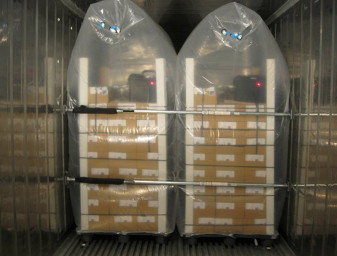
It’s a radical idea, at first glance. In a world where faster is thought to be infinitely better, especially for a highly perishable product like fresh seafood, the very thought of slowing down the supply chain from days-to-market to months-to-market is deeply counterintuitive.
But what if doing just that — slowing a fish’s speed to market — could dent the high rates of food waste that dog the seafood industry, increase transparency along the supply chain and reduce the hefty carbon footprint the industry generates?
It’s an idea being preached by BluWrap CEO Mark Barnekow, and one that caught the attention of an audience packed with impact investors and seafood entrepreneurs at Fish 2.0, a seafood business competition held at Stanford University in November.
Seafood is world’s most traded food commodity. An astonishing amount of it, nearly half, is sold fresh (followed by frozen, canned and cured). To reach those international markets millions of tons of seafood must be shipped by airplane every year.
“For every ton of fish being air-freighted, 12 tons of carbon go into the atmosphere,” Barnekow said. “We have the ability to reduce that carbon footprint and make an impact today.”
He’s making it his mission to get fresh fish off airplanes and onto ocean-bound cargo ships where it may take weeks to reach its destination. And he says he can do it without ice or environmentally unfriendly Styrofoam — lingering symbols of just how antiquated the seafood supply system is in comparison to today’s high-tech world.
“There’s a myth that time is the biggest enemy to fresh proteins,” he said. “But the truth is that oxygen and temperature, not time, threaten freshness.”
Based in San Francisco with operations in Talcahuano, Chile, BluWrap is primarily focused on shipping fresh farmed salmon out of Chile and has partnered with Salmones Aysen, Blumar, AquaChile and other top producers. In July, the company delivered China’s first shipment of fresh salmon from Chile salmon producer Salmones Aysen into the port of Tianjin, China.
“Air freight is very expensive and fraught with logistical challenges when shipping from Chile to China,” said Pablo Cajtak, CEO of Salmones Aysen. “China is a rapidly growing and important market for Salmones Aysen and all Chilean salmon producers. BluWrap is a very good logistics solution that makes sense if we want to reach customers there.”
How do they do it? The company is borrowing a concept from the fresh fruit and vegetable industry to ship produce across continents, but one that hadn’t yet been mastered for use with seafood. BluWrap uses fuel cells to actively reduce and monitor oxygen. The idea is to control anaerobic bacteria (microorganisms that cause fresh fish to spoil) by removing nearly all of the oxygen from a sealed pallet of fresh fish, while introducing carbon dioxide, and by precisely controlling the temperature — something that’s now possible on an ocean cargo ship but not on airplanes.
The results are impressive. So far, BluWrap is able to extend the shelf life of fresh seafood from 14 days to 40, with the potential to go even longer, said Barnekow. In one customer test, the company was able to keep a pallet of fish fresh for 76 days. Suppliers and their retail customers earn a valuable and unheard of option: time.
“I see it all the time. A supplier is air freighting their fish and losing $1 to $1.25 per pound, yet they continue to air freight the fish because they’re rushing against the clock to sell it,” Barnekow said. “We’re controlling the major factors that contribute to spoiling fish, thereby slowing down the supply chain, giving people time to think and plan.”
That extra time allows for better tracking and more transparency in a notoriously murky supply chain, and has the potential to dramatically cut the industry’s abysmal food waste statistics.
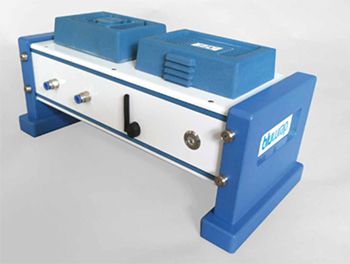
A recent paper by Johns Hopkins Center for a Livable Future found that nearly half of the U.S. seafood supply, a whopping 2.3 billion pounds, is wasted — enough protein to fulfill the needs of 10 million men or 12 million women.
Lead author Dave Love said the vast majority of seafood waste (1.3 billion pounds) is happening at the consumer level, once people take seafood into their own kitchens. Waste along the seafood supply chain was a fraction of that, but still a notable 330 million pounds. Painful statistics when you remember that just under half of the world’s supply of seafood is taken from wild sources — not all of them well managed.
Love’s food-waste numbers don’t include global figures, and the glaring lack of data along the supply chain could very well have impacted the study’s estimates.
“We didn’t have very much confidence in the waste estimates from the handling, storage, processing and packaging end,” says Love.
There’s a myth that time is the biggest enemy to fresh proteins. But the truth is that oxygen and temperature, not time, threaten freshness.
Time will tell if intensive oxygen control is a solution the industry will embrace. BluWrap’s technology works equally well for wild or farmed product, but Barnekow says they’ve seen more consistent results with farmed fish. The company has done a fair amount of testing on extending the shelf life of several other seafood species including Australis’ barramundi, farmed tilapia, and wild cod and haddock. And Chile’s farmed salmon may be just the beginning. BluWrap is now testing land-based protein as well, applying to the technology to pork being sold to the Chinese market with similarly impressive results.
“In this industry, where there’s constant pressure on getting the best price and the freshest product, they’re in conflict with taking the most environmentally friendly approached,” said Barnekow. “That’s where we’re focused.”
Now that you've reached the end of the article ...
… please consider supporting GSA’s mission to advance responsible seafood practices through education, advocacy and third-party assurances. The Advocate aims to document the evolution of responsible seafood practices and share the expansive knowledge of our vast network of contributors.
By becoming a Global Seafood Alliance member, you’re ensuring that all of the pre-competitive work we do through member benefits, resources and events can continue. Individual membership costs just $50 a year.
Not a GSA member? Join us.
Author
-
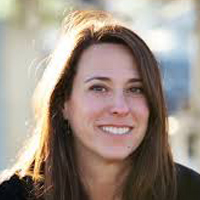
Clare Leschin-Hoar
California-based journalist Clare Leschin-Hoar covers food policy and seafood. Her work has appeared in The Guardian, NPR, Scientific American, EatingWell and many more. Follow her on Twitter: @c_leschin.
Related Posts
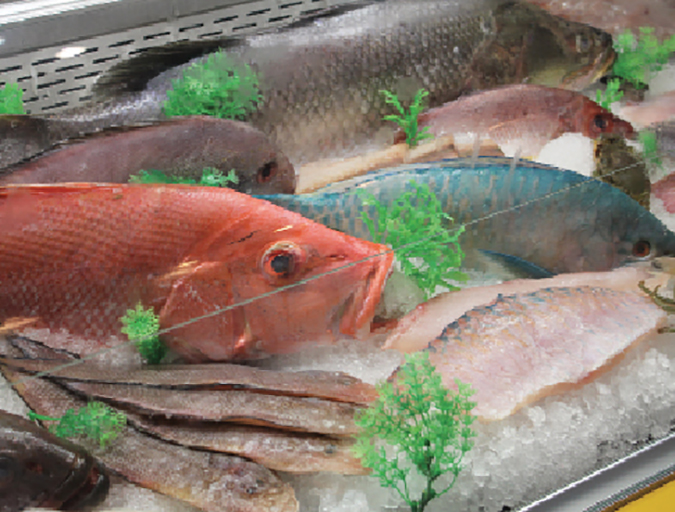
Intelligence
Food is abundant, yet people are starving
While significant numbers of people are undernourished, an increasing number of people are overweight. The divide between recommendations and results is marked, so we must learn more about food production and change our behaviors.
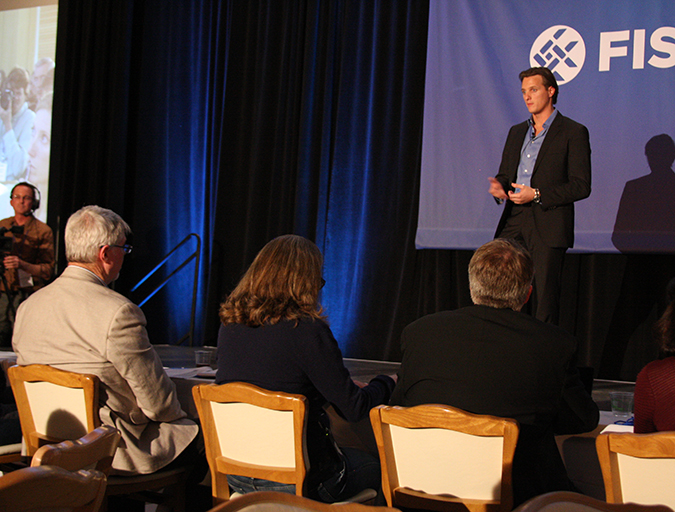
Innovation & Investment
Like fish in a barrel: Seafood innovators land investor interest
At Fish 2.0, it’s seafood, Silicon Valley style. Aquaculture companies gave their best pitches to investors and two left Palo Alto, Calif., as winners. Founder Monica Jain says the competition highlights a financial gap that must be bridged for the industry to advance.

Aquafeeds
A new nutrient for aquaculture, from microbes that consume carbon waste
Biotechnology firm NovoNutrients aims to produce a line of nutraceutical aquafeed additives as well as a bulk feed ingredient that can supplement fishmeal. Its process includes feeding carbon dioxide from industrial gas to a “microbial consortium” starring hydrogen-oxidizing bacteria.
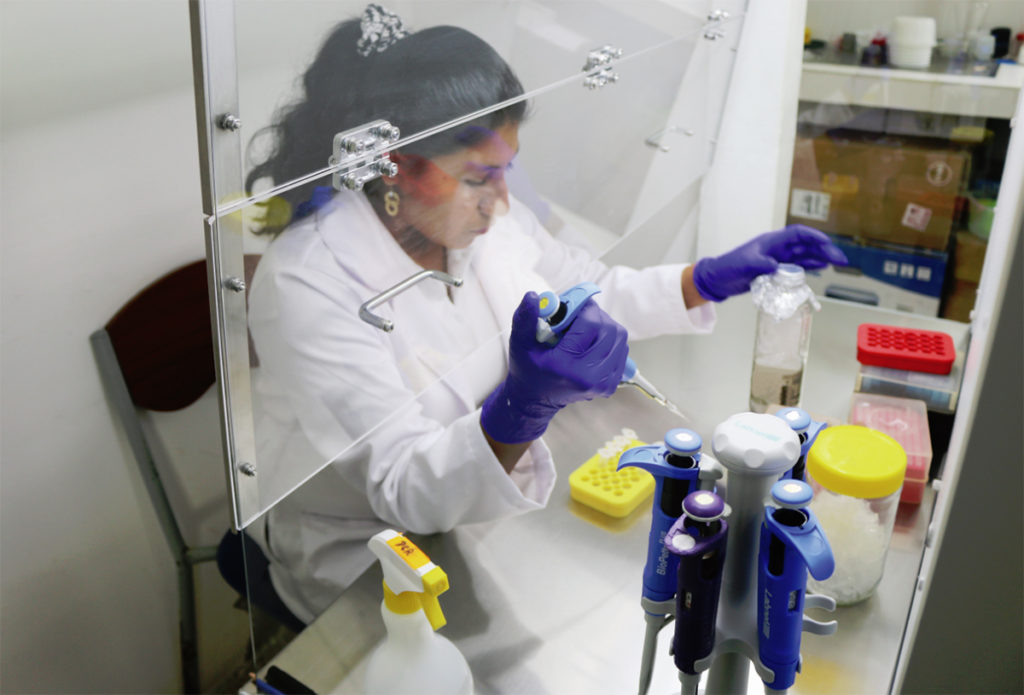
Health & Welfare
Asepsis key to prevent contamination in shrimp hatcheries
Maintaining biosecurity and asepsis in larval shrimp production is a key component of the production chain in Ecuador, which requires the production of 5.5 billion larvae monthly from 300-plus hatcheries.



